
Much like the sentence “Gunvolt is an Adept with an affinity for the Azure Striker Septima who fights against the Sumeragi Group with the help of his Muse, Lumen,” GUNVOLT RECORDS: Cychronicle will mean a lot more to you if you’re familiar with the subject matter. While primarily about score-attack platforming action, the Azure Striker Gunvolt series consistently lends an ear to the power of music. Songs save Gunvolt from certain death, signal when a truly skilled player is behind the controls, and enhance impactful story beats. Gunvolt’s music makes moments both in and out of gameplay memorable. Cychronicle jolts those memories to zap your appreciation of the series to electrifying new heights.
There’s no getting around it: this game exists primarily for established Gunvolt fans. More specifically, it exists for Gunvolt fans who love and accept its dips into musical idol culture. If you dislike the series’ many vocal songs or struggle with the fact that musical idols are an integral part of this series at all, you won’t find much to appreciate here. Cychronicle dives deep into this particular niche. For those willing to follow it into the abyss, you’ll find a spin-off that stands strong on its own merits while reinforcing the strengths of its platforming predecessors.
Cychronicle accomplishes that by transferring Gunvolt’s treasure trove of vocal anthems into a rhythm game. You’ve likely heard this song and dance before: you pick a track, visual representations of the notes in the music fly at you, and you need to hit the correct buttons in time with the beat to succeed. These notes approach from two lanes that correspond with the left and right sides of your controller. Any button on the correct side will do the job outside of certain types of notes that require the control sticks.
While it’s a relatively simplistic game mechanically, it still puts up a fight. The game offers four difficulty levels ranging from Easy to Expert. Going from Easy to Normal introduces control stick-based notes you need to hold, while Hard and Expert dramatically increase the amount of notes you need to hit. I initially tried going straight into Expert because that’s just the kind of person I am, and it stomped me thoroughly down to the ground. Of course, any seasoned rhythm gamer can tell you that learning and memorization are key to getting good at these types of games. Working your way up the difficulty chain builds up your skillset smoothly.
The learning curve primarily comes from the control stick notes. There are arrow-based ones that require you to simply flick the stick in the correct direction, as well as circular ones where you need to trace the circle in timing with a visual indicator. Both of these notes push you in different ways.
Flick notes challenge you to maneuver your hands without getting discombobulated. While it depends on your control scheme, no matter what it will take some mental fortitude to gracefully shift between pressing buttons for some notes and moving sticks for others, and even more fortitude than that to do these actions simultaneously. It took me a while to fully adjust. This is just one of those quirks you naturally learn as part of any rhythm game setup – some awkwardness in execution is part of the fun.
Circular notes risk making things a little too awkward. The basic premise sits fine with me: you hold the stick in the direction of the oncoming note and then need to follow a marker around as it closes a circle. However, the speed of the marker often creates confusion. Technically it follows the beat of the song, yet the speed with which these notes reach their destination often feel arbitrary. You pretty much have to keep an eye on the visual indicator, because the song alone won’t give a clear enough hint. On the lower difficulties these inconsistencies aren’t a big deal, but on the higher ones the seemingly random timings can mess things up pretty badly. These notes leave you with little choice except for just memorizing what the game wants each time. Some degree of memorization naturally comes with the territory, but the way these notes were implemented sometimes kills the mood.
Despite the occasional cheap shot, Cychronicle kept me hooked. Gunvolt’s discography fits this type of game well. Most of these tunes were composed with an action game in mind anyway, so they seamlessly transition into fun beats to follow. Cychronicle may be a totally different kind of game from the usual Gunvolt fare, but it taps into a similar kind of appeal. Gunvolt the platforming game and Gunvolt the rhythm game share an addictive focus on attaining high scores and ranks. Playing with scores in mind evokes the Gunvolt spirit even if its presence is otherwise understated in the game mechanics themselves.
The gameplay does technically provide some Gunvolt-esque flourishes. For example, the Kudos system returns from the main games, increasing the more you perfectly time your button presses, which later pays off with greater score bonuses. You can even revive after dying to finish a song if you missed too many notes. Doing this wipes out your score, of course, but it’s a cute way of staying on-brand while letting people practice a difficult song. Neither of these inclusions majorly alter how you play, however, making the “Gunvolt” in the gameplay feel like an afterthought.
Instead you’ll find the “Gunvolt” primarily in the visuals. Behind the constant assault of hostile notes are various types of animations, ranging from performances by Muse characters to recap montages of events from throughout the Gunvolt series. You don’t need to play with these visuals, in fact you can turn them off entirely if they impede your ability to read incoming notes, yet I would argue they’re a vital part of the experience. The game loses something without these visual flairs, largely because they’re where it matters most to be a fan.
The Muse performances reveal a side of things that previous games imply without getting to overtly show. Muses may get to sing songs to power up your character in a typical Gunvolt adventure, but they’re supposed to be full-on performers. You never actually get to see them actually do their performances! Cychronicle pulls that part of the equation out of the clutches of abstract game design and brings the Muses to life with full-on dance routines in front of a live studio audience. It’s fun to see this part of the world more fully realized.
Personally, however, the montages made the strongest impact on me. In the back of my head, Gunvolt still feels like a relatively recent phenomenon. Later this year, the series will turn ten years old. It’s been a surprisingly long road, and being able to travel along its most iconic moments while playing these songs I’ve heard a million times charged me up in an interesting way.
I’ve always appreciated Gunvolt, of course, but the combination of the music, gameplay and visuals here breathed new life into that appreciation. All the years of binging each new game and then replaying their stages ten million times for better ranks flooded back to me. Not quite nostalgia so much as a respect for how far things have come. It’s a hard-to-describe type of feeling that I suspect only long-time fans will experience.
The music and video players will also deepen your appreciation for Gunvolt. Not because it’s nice to listen to Gunvolt music at your leisure, although I’m sure that helps, but due to the inclusion of full translations of the lyrics for each song. As much as I like Gunvolt games, it would be an understatement to say that they can be difficult to fully appreciate as an English-speaking fan. I can never shake the feeling that I’m missing out during the mid-gameplay dialogue or when these vocal tracks play. Sure you can read subtitles or look up translations online (and the English dubs in the most recent games help a lot), it’s just that none of that is quite the same as experiencing as a native Japanese-speaker would. These modes don’t perfectly bridge that gap, but they do act as nice missing puzzle pieces for expanding your understanding of the Gunvolt universe.
As a way to give fans a new way to enjoy Gunvolt, Cychronicle pulls off a near-perfect performance. It’s the equivalent of getting shot with a tagging bullet and then filled with warm electric memories. With that new energy coursing through your veins, you’ll find a solid rhythm game that, just like the main games, will keep you hooked on chasing high scores.
Add Comment

the_crimson_lure
2M agoOn the brighter side, it still took longer for Gunvolt to get to the full waifu mode game than most other niche IPs.
smasher89
2M agoFun game for sure, a bit few songs (but technicly more than the advertized 15), so ive played 5-7 hours including the demo time gotten a couple regular S ranks on hard mode (last rhytm game for me were prob one of the donkey konga game or dancing stage mario mix), and it starts to feel a little bit stale, but concidering its not full priced game, and they will add more songs with a similar pricetag as the main game (about 1,25 euro per song or so)i can see myself getting back more into this.
Tested on steam deck with the demo as well, the touch screen controls were hard, the flick movement either i was just bad at it(makes sence, its a bit tricky to press the correct spots)or it wasnt as responsive as it should be (LCD so not the improved OLED touch screen).

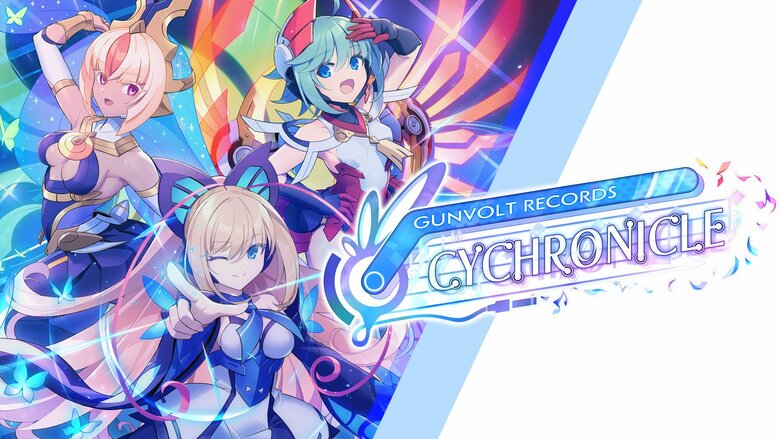
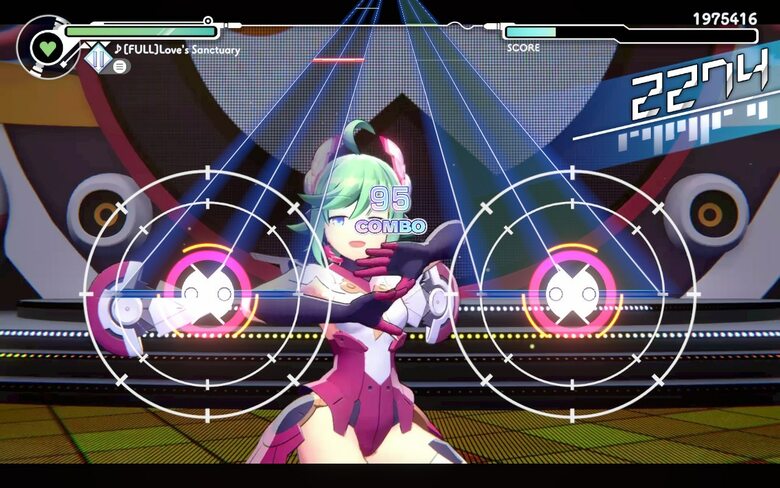
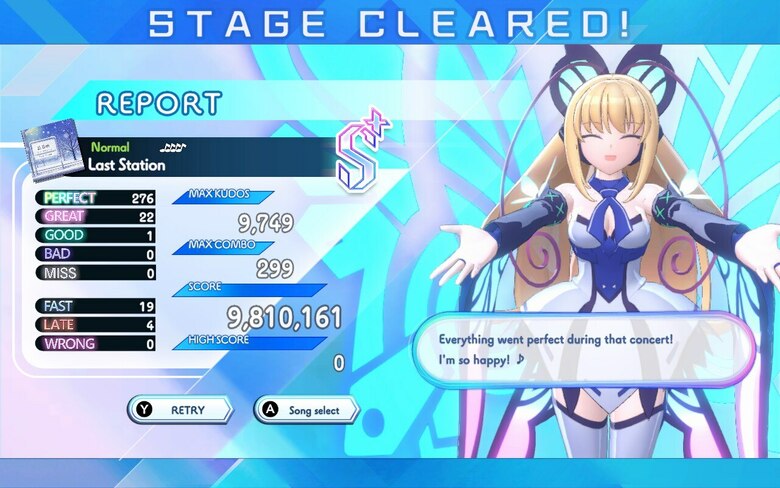
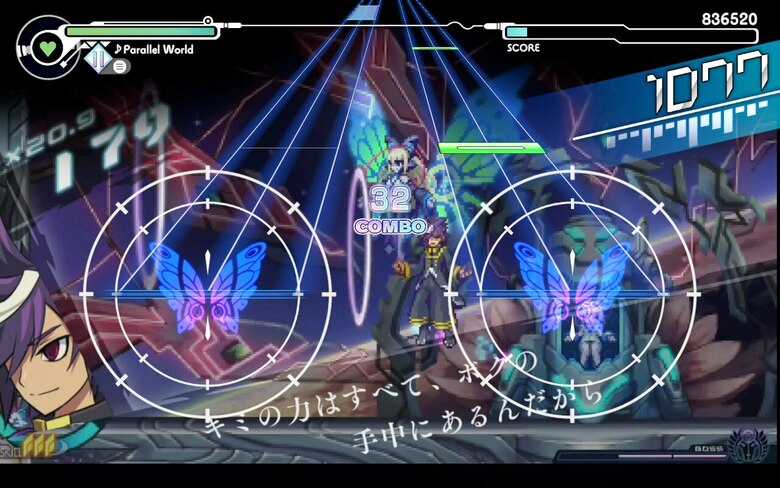
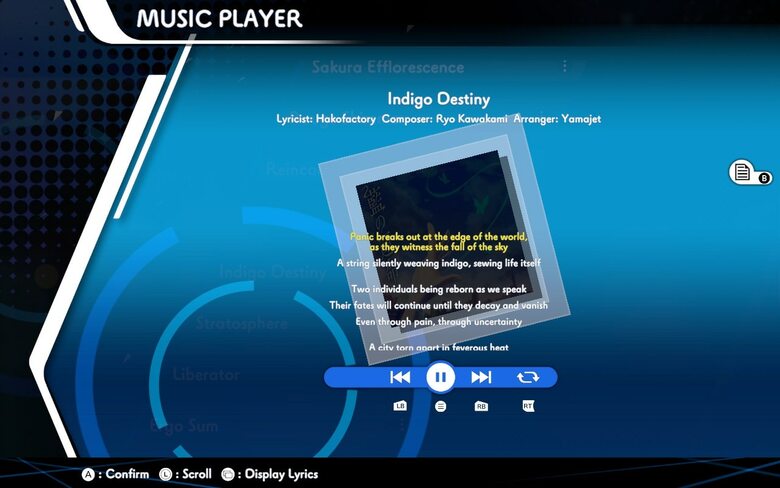
Comments (2)